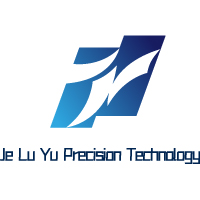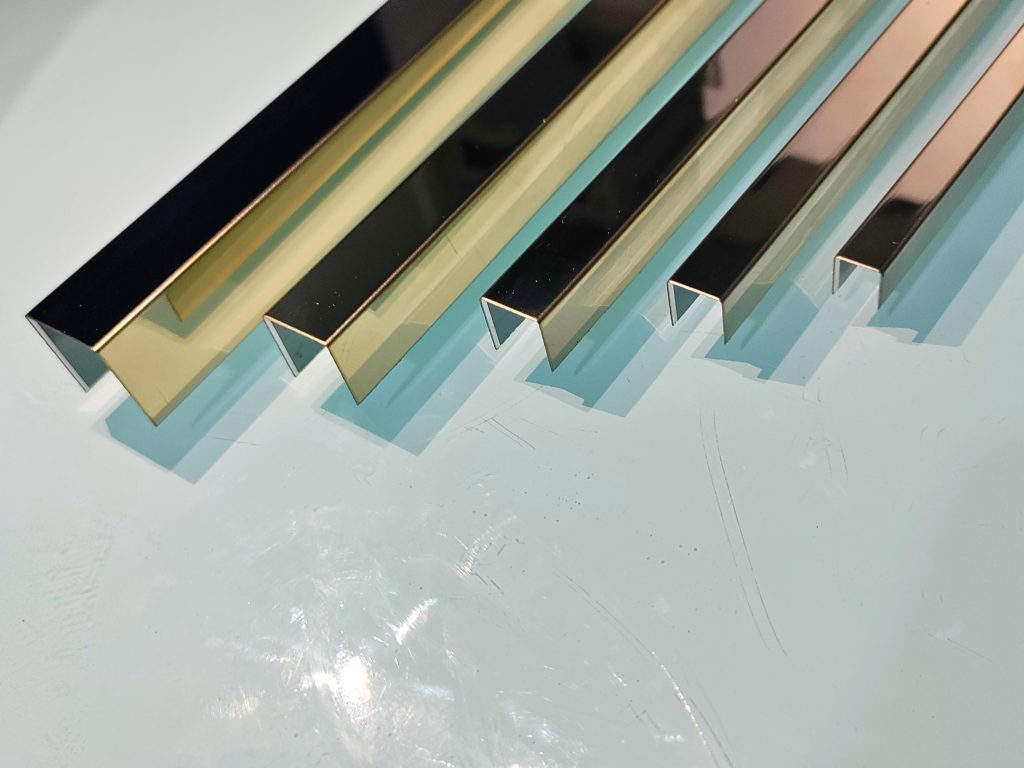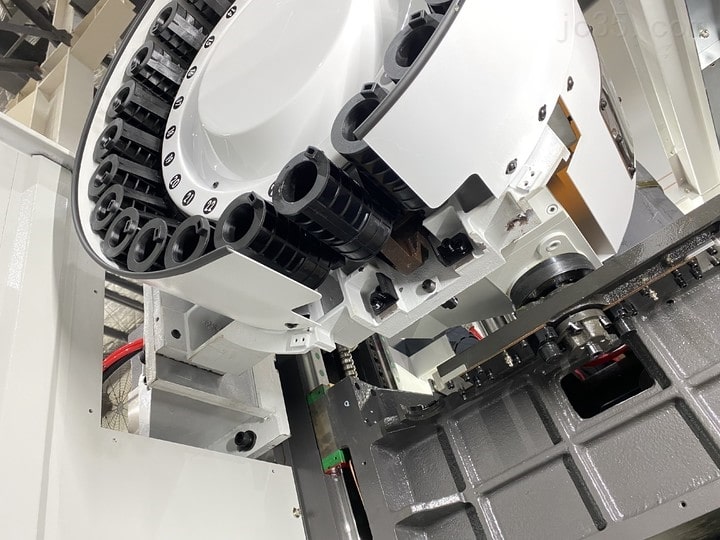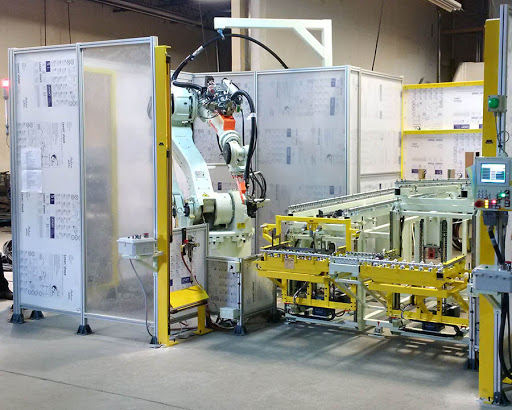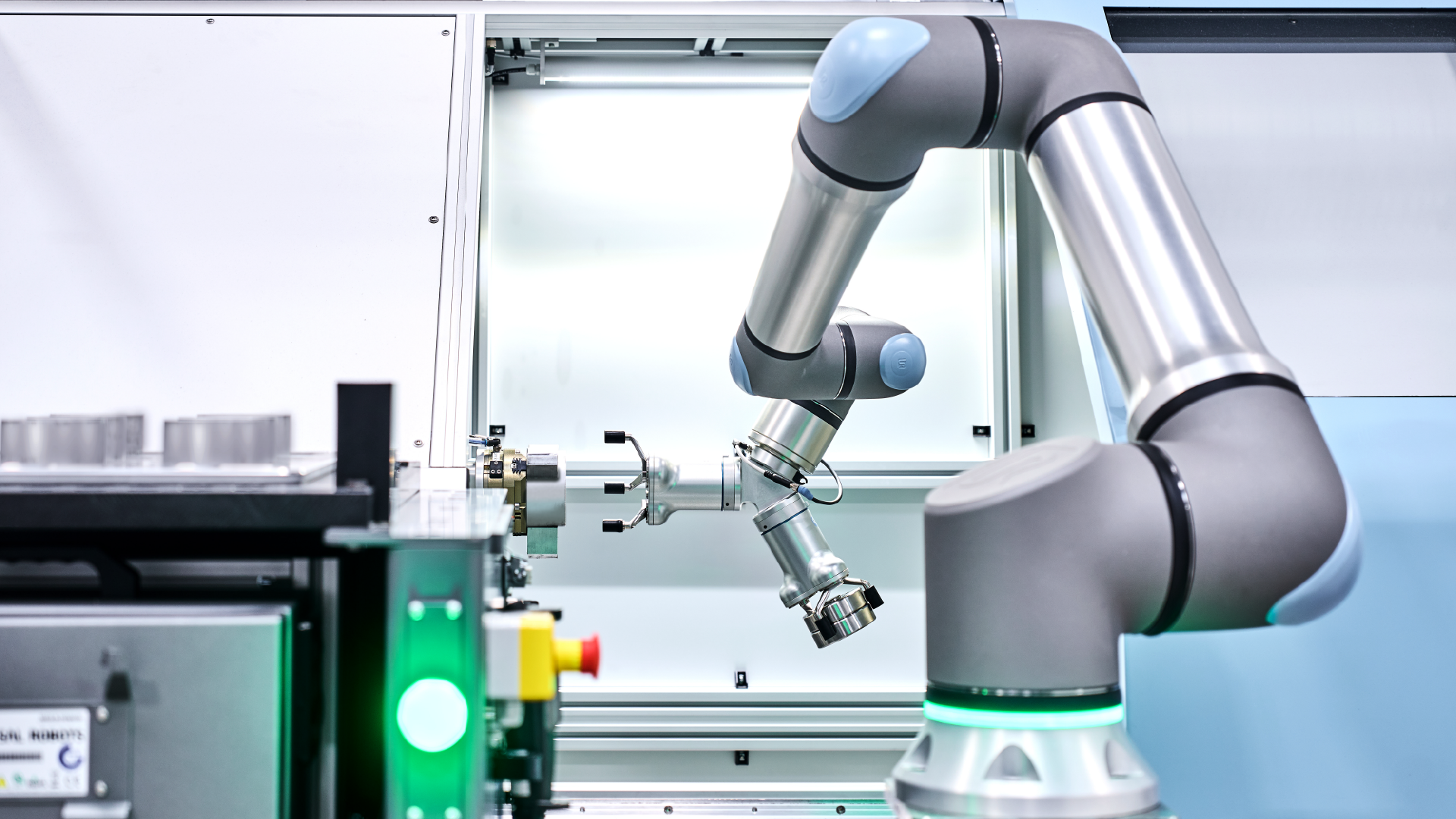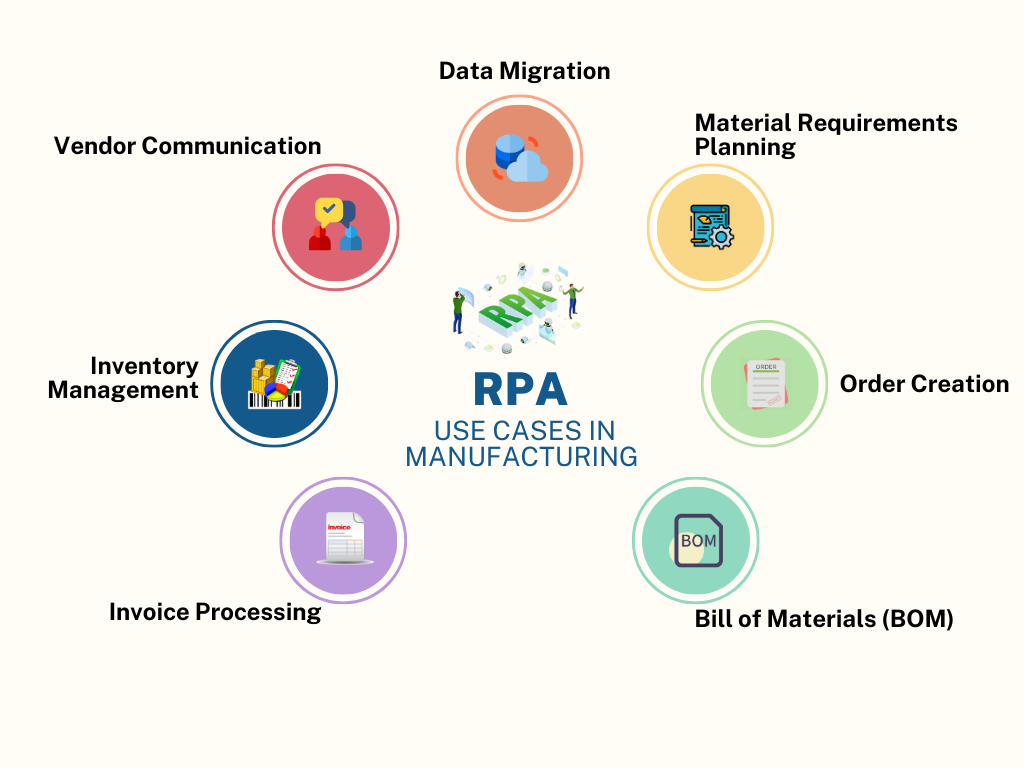Unlock Cutting Tool Potential with Advanced PVD Coating for Cutting Tools in Surface Finishing Systems
Physical Vapor Deposition (PVD) has revolutionized cutting tool performance across aerospace, automotive, and medical industries. As a leading China-based PVD coating service provider, we engineer surface finishing solutions that extend tool life by 300%, reduce machining costs by 45%, and enable precision unattainable with conventional coatings. The strategic integration of PVD coating for cutting tools within surface finishing ecosystems transforms worn tools into high-performance assets capable of machining titanium alloys, hardened steels, and composite materials.
Implementing PVD coating for cutting tools enhances longevity and performance, making it a preferred choice in competitive industries.
The introduction of PVD coating for cutting tools has led to significant advancements in cutting performance and durability, enhancing the effectiveness of cutting tools.
The benefits of PVD coating for cutting tools include improved wear resistance and reduced friction, which are crucial for high-speed machining.
.
1. PVD Coating Technology: Mechanisms & Cutting Tool Advantages
PVD coating builds nano-layered protection through vacuum-deposited vapor-phase materials, creating metallurgical bonds at the atomic level. This differs fundamentally from Chemical Vapor Deposition (CVD) and thermal spraying, as shown below:
Table 1: PVD vs. Alternative Coating Technologies for Cutting Tools
| Parameter | PVD | CVD | Thermal Spray |
|---|---|---|---|
| Process Temperature | 200–500°C | 800–1,000°C | 5,000–15,000°C |
| Coating Thickness | 1–5 μm | 5–15 μm | 50–500 μm |
| Adhesion Strength | 70–100 N | 80–110 N | 30–60 N |
| Edge Sharpness | Razor-sharp retention | Edge rounding | Not applicable |
| Environmental Impact | Solvent-free, Cr(VI)-free | Toxic byproducts | High energy consumption |
| Best Applications | End mills, drills, inserts | Turning inserts | Large forming dies |
Technical advantages specific to cutting tools:
Moreover, the integration of PVD coating for cutting tools in manufacturing processes can lead to significant cost savings over time.
In summary, the application of PVD coating for cutting tools not only extends tool life but also improves operational efficiency across various industries.
Overall, PVD coating for cutting tools offers a comprehensive solution for enhancing machining capabilities.
-
Enhanced hardness (up to 3,800 HV): (Ti,Al)N coatings with silicon doping reach Vickers hardness 35% higher than standard TiN, resisting abrasive wear in carbon-fiber composites and silica-rich aluminum alloys .
-
Lower friction coefficients (0.15–0.3): CrN and WC/C coatings minimize heat generation during high-speed machining, preventing workpiece thermal deformation .
-
Oxidation resistance (800–1,200°C): Al-rich oxide layers in AlTiN inhibit diffusion wear when machining aerospace superalloys .
2. Surface Finishing Integration: Pre- & Post-Coating Processes
PVD performance depends on meticulous surface preparation and finishing—steps often overlooked in coating workflows:
2.1 Critical Pre-Coating Treatments
Table 2: Surface Pretreatment Impact on PVD Coating Adhesion
| Pretreatment | Surface Roughness (Ra) | Adhesion (Critical Load) | Tool Life Improvement |
|---|---|---|---|
| Micro-blasting | 0.2–0.3 μm | 85–95 N | 3.2X vs. untreated |
| Acid etching | 0.15–0.25 μm | 75–85 N | 2.5X vs. untreated |
| Drag finishing | 0.05–0.1 μm | 65–75 N | 1.8X vs. untreated |
| Untreated | 0.6–1.2 μm | 30–45 N | Baseline |
Data source: Universiti Malaysia Pahang studies on alumina cutting tools 1
-
Micro-blasting: Angular alumina particles (50–110 μm) induce compressive stresses, increasing fatigue resistance by 40% in milling tools subjected to intermittent cuts .
-
Ultrasonic cleaning: Removes submicron polishing compounds that cause coating delamination.
2.2 Post-Coating Finishing Techniques
-
Magnet polishing: Using magnetic abrasive particles (MAPs) achieves Ra 0.01–0.02 μm on drill flutes, reducing chip adhesion by 70% .
The process of PVD coating for cutting tools ensures that the finished product meets stringent industry standards.
-
Edge honing: 15–25 μm micro-bevels on coated edges prevent chipping during interrupted cuts while maintaining sharpness .
3. Cutting Tool Case Studies: Performance Validation
Case 1: Aerospace Titanium Machining with Coated End Mills
-
Problem: Ti-6Al-4V machining caused uncoated carbide end mills (Ø10 mm) to fail at 35m/min feed due to built-up edge and notch wear.
-
Solution: Triple-layer TiAlN/TiSiN/TiN (3.2 μm) PVD coating + micro-blasting pretreatment.
-
Results:
markdown- Cutting speed: Increased from 35m/min → 110m/min - Tool life: 18 minutes → 54 minutes (3X improvement) - Surface finish: Ra 1.6 μm → Ra 0.8 μm
-
Mechanism: TiSiN nanocomposite layer (hardness 3,800 HV) suppressed diffusion wear, while TiN reduced friction 6.
Case 2: Automotive Die-Casting Mold Core Pins
-
Problem: H13 steel ejector pins failed after 80,000 cycles from aluminum soldering.
-
Solution: Hybrid surface finishing:
-
Laser texturing (crosshatch pattern, depth 15 μm)
-
Nanocomposite CrAlN PVD coating (4.5 μm)
-
Post-coating diamond polishing
-
-
Results:
markdown- Service life: 80,000 → 550,000 cycles - Maintenance interval: 2 weeks → 3 months - Casting reject rate: 8.2% → 0.9%
Case 3: Medical Stainless Steel Drilling
-
Problem: Surgical implant drilling required 300 holes/drill in 316L stainless; conventional drills chipped at hole 220.
Utilizing PVD coating for cutting tools has proven effective in extending the life of surgical instruments.
-
Solution:
-
Pretreatment: Drag finishing with diamond media
-
Coating: NANO super lattice AlCrN (3.8 μm)
-
Post-treatment: Magnet polishing to Ra 0.03 μm
-
-
Results:
markdown- Holes/drill: 300 → 950 - Burr formation: Reduced by 90% - Heat-affected zone: Eliminated
4. Implementation Roadmap for Manufacturers
Adopting PVD in surface finishing requires systematic calibration:
It’s essential for manufacturers to understand the benefits of PVD coating for cutting tools to stay competitive.
Table 3: PVD Integration Process for Cutting Tools
| Phase | Key Activities | Quality Control |
|---|---|---|
| Tool Audit | – Wear pattern analysis | SEM/EDS failure diagnosis |
| Redesign | – Edge preparation optimization | FEM stress simulation |
| Pretreatment | – Micro-blasting (0.3–0.5 MPa) | White light interferometry |
| Coating | – Multi-layer architecture (3–5 μm) | Calotest adhesion ≥80 N |
| Finishing | – Magnet polishing / edge honing | 3D optical profilometry |
Critical parameters:
Proper application of PVD coating for cutting tools can dramatically improve manufacturing efficiency.
-
Temperature management: Substrate heating ≤450°C preserves carbide binder phase (Co) hardness .
-
Bias voltage optimization: −80V to −120V enhances ion bombardment for dense coatings without defects.
-
Layer architecture: Alternating TiAlN/AlCrN layers (periodicity 8nm) block crack propagation under thermal cycling .
5. Future Innovations: Next-Gen PVD Technologies
-
Hybrid PVD/CVD processes: Combining Al₂O₃ CVD layers with PVD TiAlN enables machining at 1,200°C—impossible with standalone coatings .
Emerging technologies are making PVD coating for cutting tools more accessible and effective than ever.
-
Intelligent coating systems: PLATIT’s π411 units with SCIL (Sputtered Coating Induced LGD) technology automatically adjust arc current for complex geometries like taps and form tools .
-
Self-lubricating nanocomposites: WC/DLC coatings reduce friction to 0.05–0.1, enabling dry machining of aluminum alloys
Contact us at [email protected] or visit JLYPT Surface Solutions to submit your tools for coating evaluation. Our ISO 9001-certified facilities deliver precision-engineered surface finishing within 72 hours.
“PVD isn’t just a coating—it’s the metallurgical rebirth of cutting tools. When integrated with precision surface finishing, it unlocks capabilities beyond the base material’s limits.” — Dr. Chen, Chief Metallurgist, JLYPT Surface Solutions
